Zhouyuan Yu
Rethinking the fundamental performance limits of integrated sensing and communication systems
Jul 04, 2024Abstract:Integrated sensing and communication (ISAC) has been recognized as a key enabler and feature of future wireless networks. In the existing works analyzing the performances of ISAC, discrete-time systems were commonly assumed, which, however, overlooked the impacts of temporal, spectral, and spatial properties. To address this issue, we establish a unified information model for the band-limited continuous-time ISAC systems. In the established information model, we employ a novel sensing performance metric, called the sensing mutual information (SMI). Through analysis, we show how the SMI can be utilized as a bridge between the mutual information domain and the mean squared error (MSE) domain. In addition, we illustrate the communication mutual information (CMI)-SMI and CMI-MSE regions to identify the performance bounds of ISAC systems in practical settings and reveal the trade-off between communication and sensing performances. Moreover, via analysis and numerical results, we provide two valuable insights into the design of novel ISAC-enabled systems: i) communication prefers the waveforms of random amplitude, sensing prefers the waveforms of constant amplitude, both communication and sensing favor the waveforms of low correlations with random phases; ii) There exists a linear positive proportional relationship between the allocated time-frequency resource and the achieved communication rate/sensing MSE.
Detection and Multi-Parameter Estimation for NLOS Targets: An IRS-assisted Framework
Jul 04, 2024Abstract:Intelligent reflecting surface (IRS) has the potential to enhance sensing performance, due to its capability of reshaping the echo signals. Different from the existing literature, which has commonly focused on IRS beamforming optimization, in this paper, we pay special attention to designing effective signal processing approaches to extract sensing information from IRS-reshaped echo signals. To this end, we investigate an IRS-assisted non-line-of-sight (NLOS) target detection and multi-parameter estimation problem in orthogonal frequency division multiplexing (OFDM) systems. To address this problem, we first propose a novel detection and direction estimation framework, including a low-overhead hierarchical codebook that allows the IRS to generate three-dimensional beams with adjustable beam direction and width, a delay spectrum peak-based beam training scheme for detection and direction estimation, and a beam refinement scheme for further enhancing the accuracy of the direction estimation. Then, we propose a target range and velocity estimation scheme by extracting the delay-Doppler information from the IRS-reshaped echo signals. Numerical results demonstrate that the proposed schemes can achieve 99.7% target detection rate, a 10^{-3}-rad level direction estimation accuracy, and a 10^{-6}-m/10^{-5}-m/s level range/velocity estimation accuracy.
IRS-Aided Non-Orthogonal ISAC Systems: Performance Analysis and Beamforming Design
Aug 10, 2022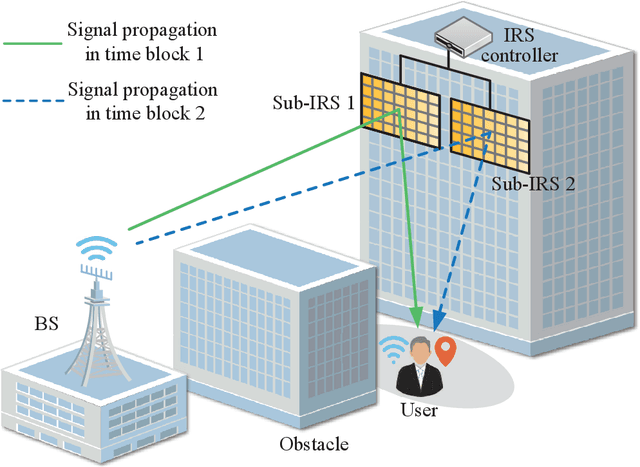

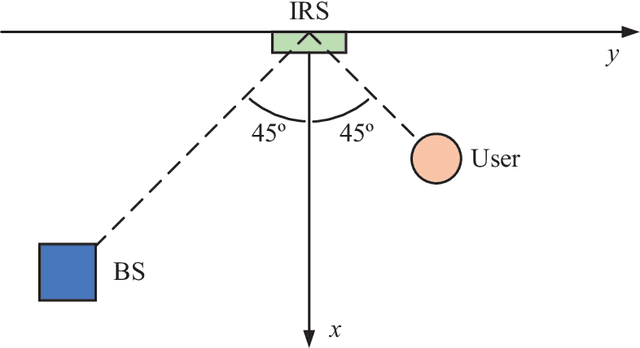
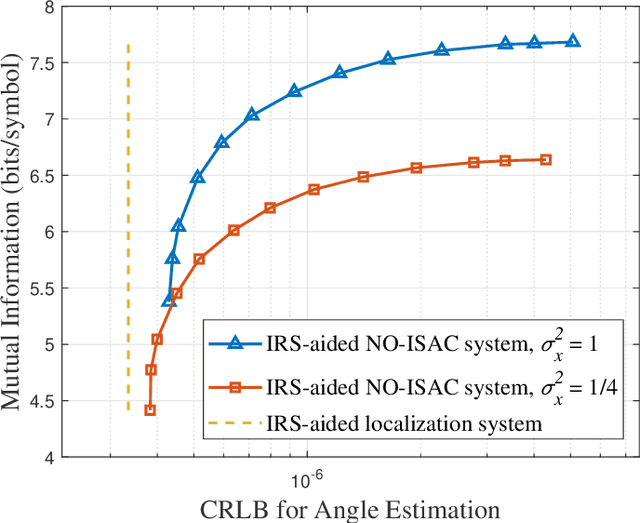
Abstract:Intelligent reflecting surface (IRS) has shown its effectiveness in facilitating orthogonal time-division integrated sensing and communications (TD-ISAC), in which the sensing task and the communication task occupy orthogonal time-frequency resources, while the role of IRS in the more interesting scenarios of non-orthogonal ISAC (NO-ISAC) systems has so far remained unclear. In this paper, we consider an IRS-aided NO-ISAC system, where a distributed IRS is deployed to assist concurrent communication and location sensing for a blind-zone user, occupying non-orthogonal/overlapped time-frequency resources. We first propose a modified Cramer-Rao lower bound (CRLB) to characterize the performances of both communication and location sensing in a unified manner. We further derive the closed-form expressions of the modified CRLB in our considered NO-ISAC system, enabling us to identify the fundamental trade-off between the communication and location sensing performances. In addition, by exploiting the modified CRLB, we propose a joint active and passive beamforming design algorithm that achieves a good communication and location sensing trade-off. Through numerical results, we demonstrate the superiority of the IRS-aided NO-ISAC systems over the IRS-aided TD-ISAC systems, in terms of both communication and localization performances. Besides, it is shown that the IRS-aided NO-ISAC system with random communication signals can achieve comparable localization performance to the IRS-aided localization system with dedicated positioning reference signals. Moreover, we investigate the trade-off between communication performance and localization performance and show how the performance of the NO-ISAC system can be significantly boosted by increasing the number of the IRS elements.
Location Sensing and Beamforming Design for IRS-Enabled Multi-User ISAC Systems
Aug 10, 2022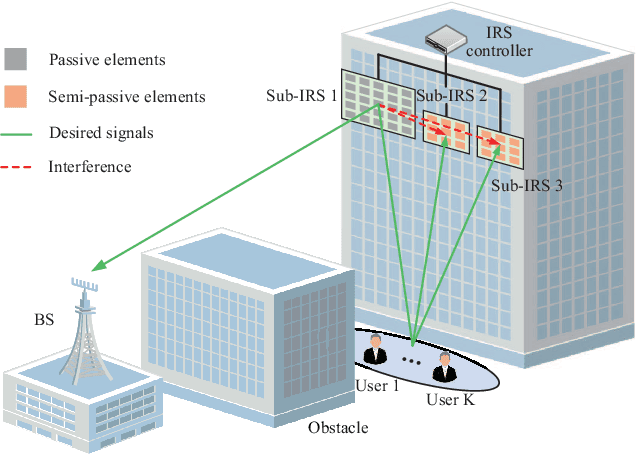

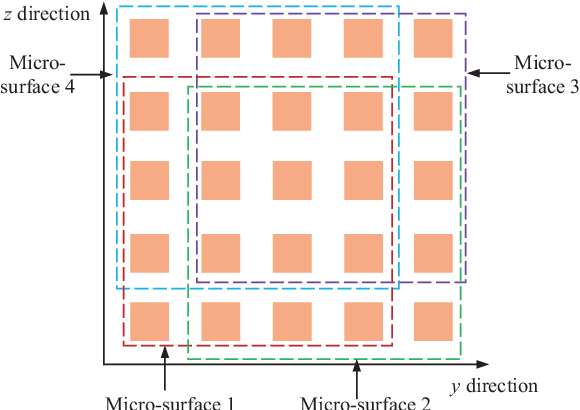
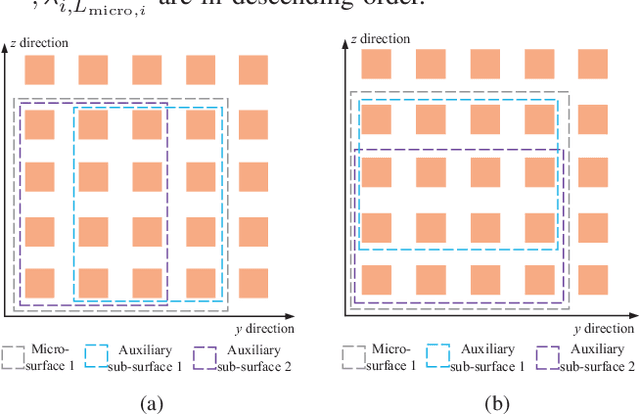
Abstract:This paper explores the potential of the intelligent reflecting surface (IRS) in realizing multi-user concurrent communication and localization, using the same time-frequency resources. Specifically, we propose an IRS-enabled multi-user integrated sensing and communication (ISAC) framework, where a distributed semi-passive IRS assists the uplink data transmission from multiple users to the base station (BS) and conducts multi-user localization, simultaneously. We first design an ISAC transmission protocol, where the whole transmission period consists of two periods, i.e., the ISAC period for simultaneous uplink communication and multi-user localization, and the pure communication (PC) period for only uplink data transmission. For the ISAC period, we propose a multi-user location sensing algorithm, which utilizes the uplink communication signals unknown to the IRS, thus removing the requirement of dedicated positioning reference signals in conventional location sensing methods. Based on the sensed users' locations, we propose two novel beamforming algorithms for the ISAC period and PC period, respectively, which can work with discrete phase shifts and require no channel state information (CSI) acquisition. Numerical results show that the proposed multi-user location sensing algorithm can achieve up to millimeter-level positioning accuracy, indicating the advantage of the IRS-enabled ISAC framework. Moreover, the proposed beamforming algorithms with sensed location information and discrete phase shifts can achieve comparable performance to the benchmark considering perfect CSI acquisition and continuous phase shifts, demonstrating how the location information can ensure the communication performance.
 Add to Chrome
Add to Chrome Add to Firefox
Add to Firefox Add to Edge
Add to Edge